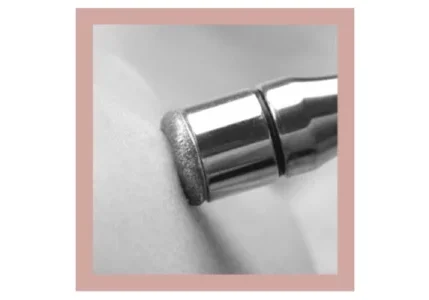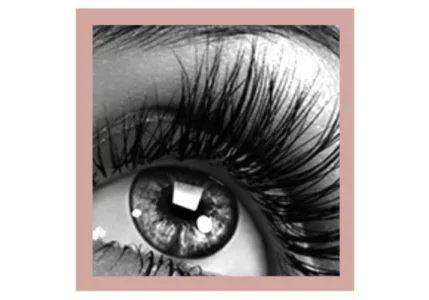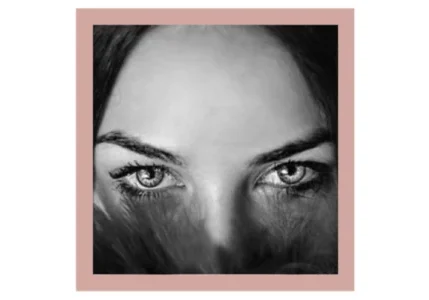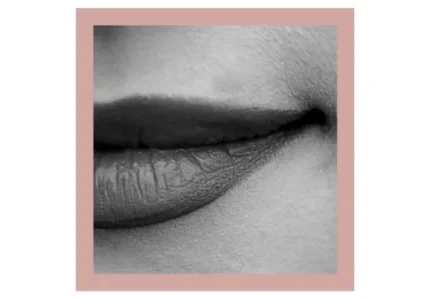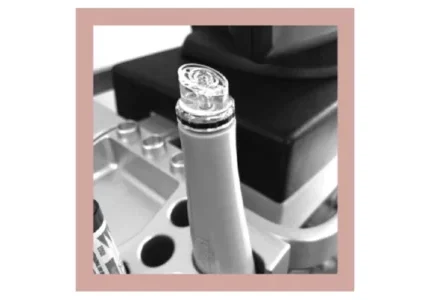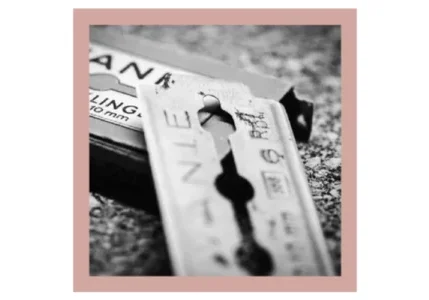Ethical Eyelash Extensions: Complete Material Guide


The author of the article
Ruzanna, 17 Years of Experience
You chose eyelash extensions and got confused about materials – PBT, "silk", "mink"? You care not only about beauty, but also ethics. This is the right approach!
This guide will list the popular types of fibers, their characteristics, ethical aspects and sustainable innovation, so you can choose the best for you and your clients.
Eyelash Materials – Your Conscious and Ethical Choice?
| Section | Read to |
|---|---|
| Understand the properties of PBTas a basis, and its derivatives – "silk eyelashes" , "artificial mink" And "cashmere eyelashes". Find out about natural mink and its problems. | |
| Find out what materials are really vegan and not tested on animals. Sort out the controversy around "ethical mink". | |
| Find out about new eco-friendly materials (PLA, corn starch, recycled HDPE, "biodegradable"PBT) and their real sustainability. | |
| Value hypoallergenic various fibers and understand the role of glue in the occurrence of reactions. | |
| Learn to define quality materials and how to choose the best option that combines aesthetics, comfort, ethics and the price. |
Basic Materials for Eyelash Extensions
The basis of most modern eyelashes for extensions serves polybutylene terephthalate (PBT) – synthetic,vegan thermoplastic polymer. It is valued for its versatility, durability and ability to mimic natural eyelashes.
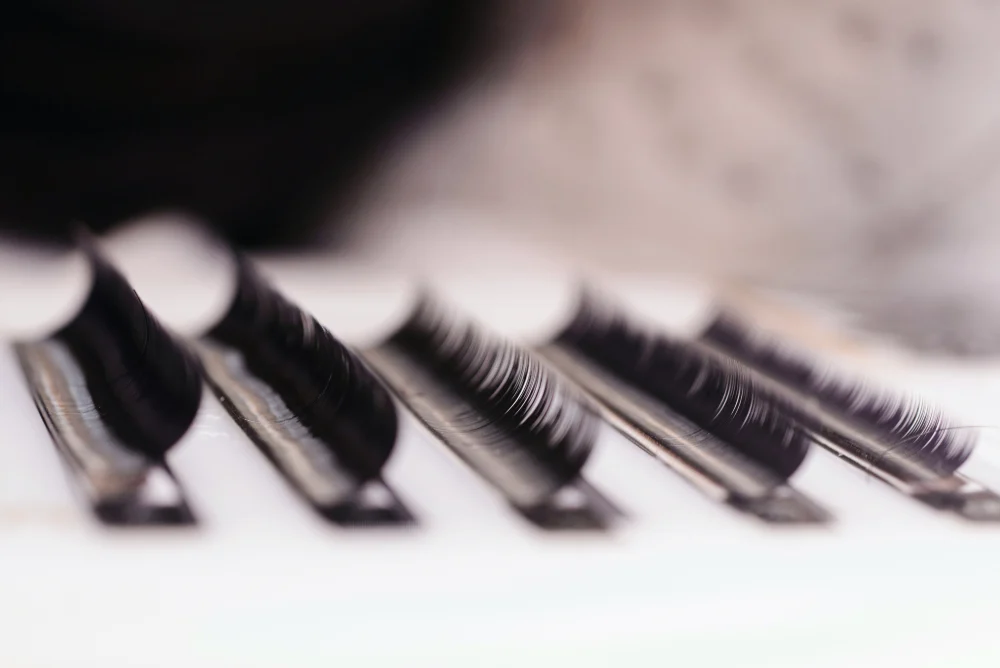
-
PBT Lashes
That is the source material for most synthetic eyelashes. PBT fibers can come in different finishes, thicknesses and curls.The material is heat-resistant, holds its shape well and in general hypoallergenic. Korean PBT is often considered the benchmark of quality.
-
"Silk" Eyelashes
This is a variety of PBT treated to achieve a glossier or semi-gloss finish. It gives the lashes extra brightness.
-
"Mink" Eyelashes
- Natural Mink. It's made from animal fur. It’s very soft, light, and matte. It Badly holds the bend when wet, expensive, and causes serious ethical issues as well.
- Artificial Mink. This PBT is designed to mimic the softness and matte look of natural mink – lightweight, comfortable, and vegan. Vegan eyelash Extensions as well as an ethical cruelty-free variant.
-
"Cashmere" Eyelashes.
Premium, ultra‑thin, and extremely lightweight PBT – often featuring a flat base for improved adhesion and comfort.
Comparison of Popular Eyelash Materials – Key Features
| Material | Softness | Weight | Shine | Preserving the Curve | Ethics |
|---|---|---|---|---|---|
|
Natural Mink
|
High
|
Very light
|
Matte, natural
|
Bad
|
Not ethical, not vegan
|
|
Artificial Mink (PBT)
|
High
|
Light
|
Matte / semi-matte
|
Good
|
Ethical, vegan
|
|
"Silk" Eyelashes (PBT)
|
Average
/high |
Average
|
Semi-gloss/glossy
|
Good
|
Ethical, vegan
|
|
"Cashmere" Eyelashes (PBT)
|
Very high
|
Ultralight
|
Matte / low gloss
|
Good
|
Ethical, vegan
|
|
Standard PBT
|
Varies
|
Varies
|
Varies
|
Good
|
Ethical, vegan
|

Ruzanna
17 years of experience
Ethical Choices – Vegan and Cruelty-Free Eyelashes
There is a growing demand for ethical products.
-
Vegan Lashes. All synthetic eyelashes are based on PBT and new ones have plant-based options.
-
Cruelty-Free Lashes (no cruelty). It means that the product and its ingredients are not tested on animals. Synthetic materials usually correspond to this. Natural mink, despite some brands' claims of "ethical harvesting," is contested by animal rights groups (PETA). Look for Leaping Bunny or PETA-Approved certifications.


Yelena
7 years of experience
Sustainable Innovation – Biodegradable and Recycled Materials
The industry is looking for more eco-friendly solutions.
-
Plant Fibers. For example, from PLA (polylactic acid from corn starch) or pure corn starch. Potentially biodegradable under industrial composting conditions.
-
Recycled HDPE. Eyelashes made from recycled plastic (e.g. Avari Beauty). Reduce the use of virgin plastic.
-
"Biodegradable" PBT and PPT. Standard PBT is not biodegradable. New formulas with catalysts can speed up decomposition in landfills. PPT (polytrimethylene terephthalate) is also marketed as biodegradable.
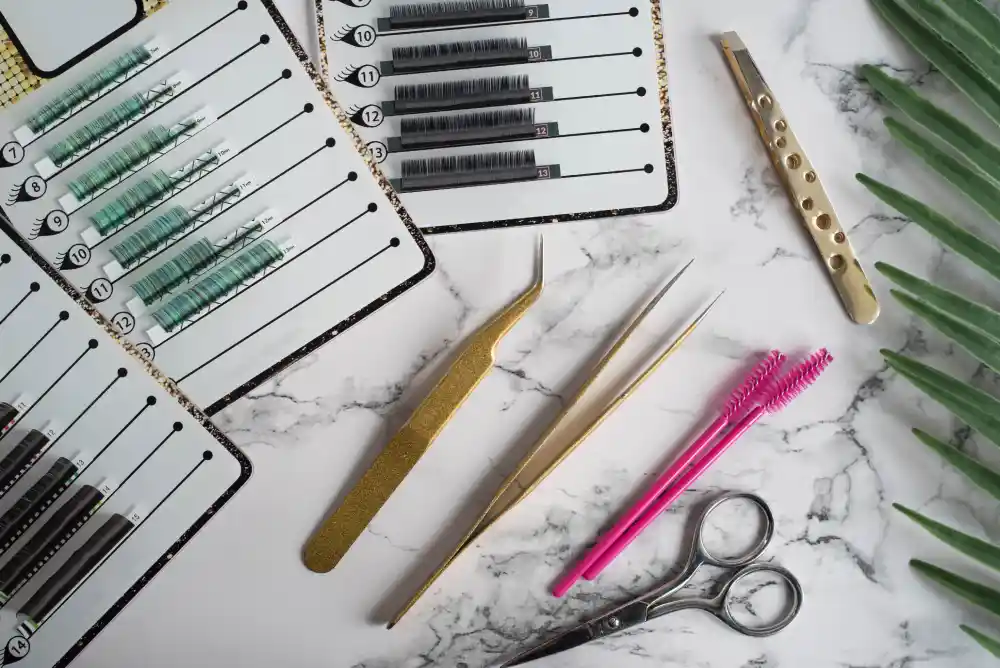

Aliz
11 years of experience
Hypoallergenic Aspects and Glue
Hypoallergenicity is important for comfort and security.
-
Eyelash Materials. PBT and its derivatives (artificial mink, silk, cashmere) are usually considered hypoallergenic. Natural mink can cause allergies in sensitive people.
-
Glue. Glue is the main reason for allergic reactions, and not our own eyelashes. Cyanoacrylate glue may be an irritant. There are hypoallergenic adhesives with a modified composition, but they do not provide a 100% guarantee of no reaction.
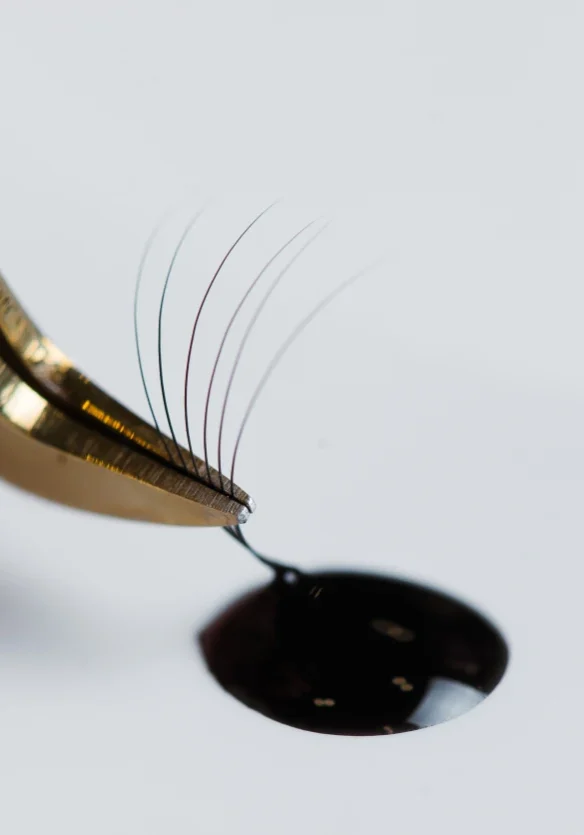

Natasha
12 years of experience
How to Choose the Best for Yourself
Quality material affects results and durability.
-
Quality of Raw Materials. Korean PBT often is considered the benchmark for its bending stability, softness and homogeneity.
-
Manufacturing Processes. The precision of manufacturing (curl, color, fiber taper) and the quality of the tape on which the eyelashes are located are important for the workmasters and appearance.
-
Certificates. ISO (for production), MSDS/SGS (safety) increase brand trust.
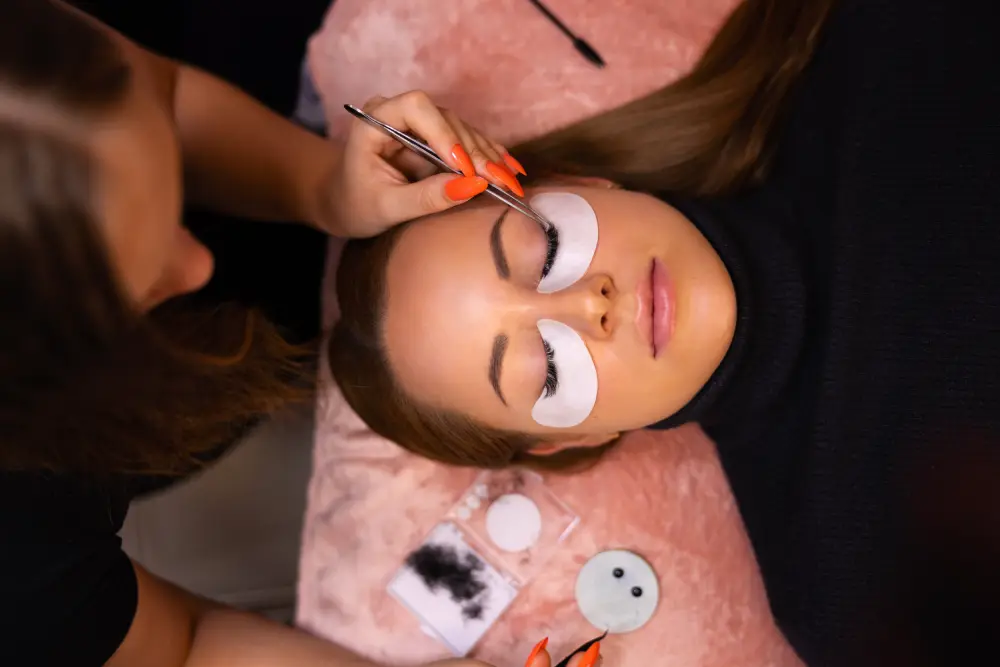

Ruzanna
17 years of experience
Conclusion – Beauty Through Conscious Choice of Materials
Selecting materials for eyelash extensions is a decision that affects your appearance, comfort, eyelash health and, increasingly, ethical and ecological aspects. The modern market offers a wide range – from traditional PBT and its premium variations (artificial mink, "silky", "cashmere") to innovative biodegradable and vegan options.
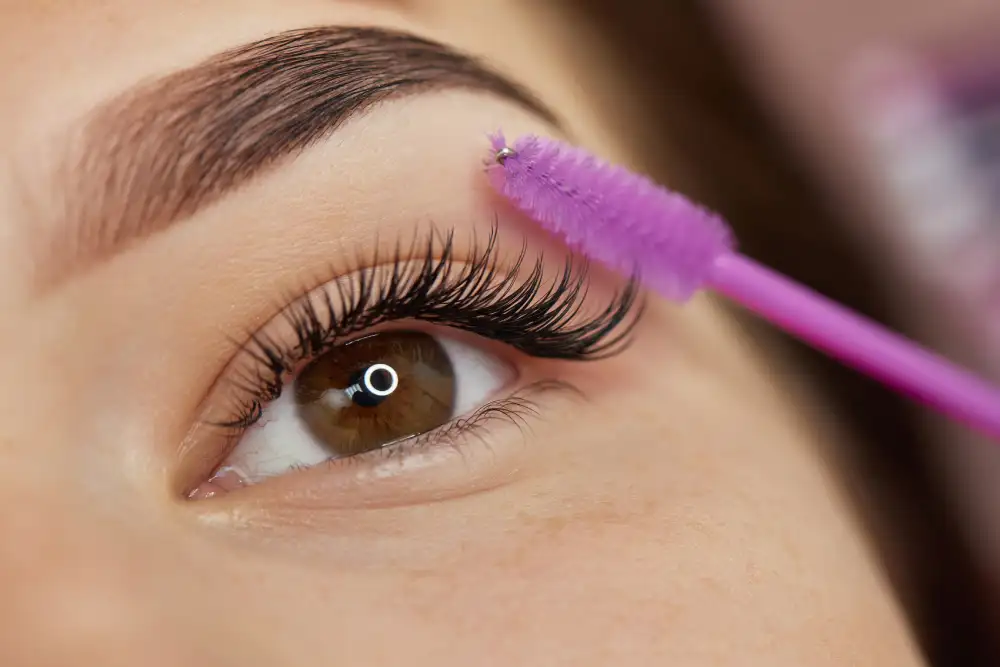
Remember that the marking cruelty-free requires verification through independent certifications. Discuss all options with your trusted technician, if your goal is to make ethical choices that are consistent with your values and expectations.



